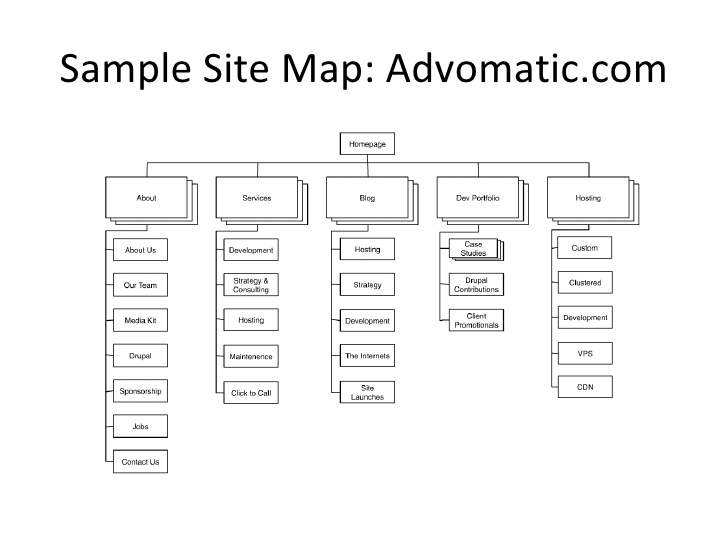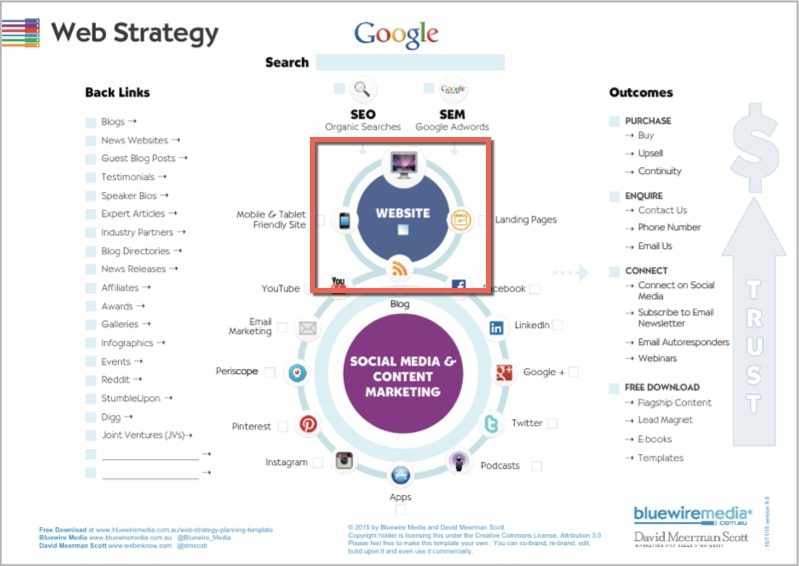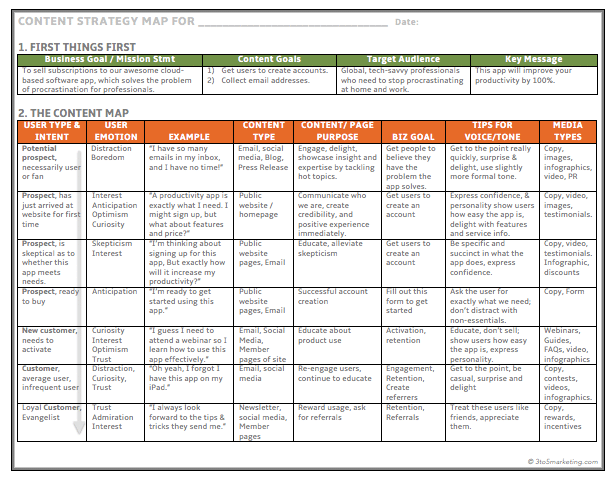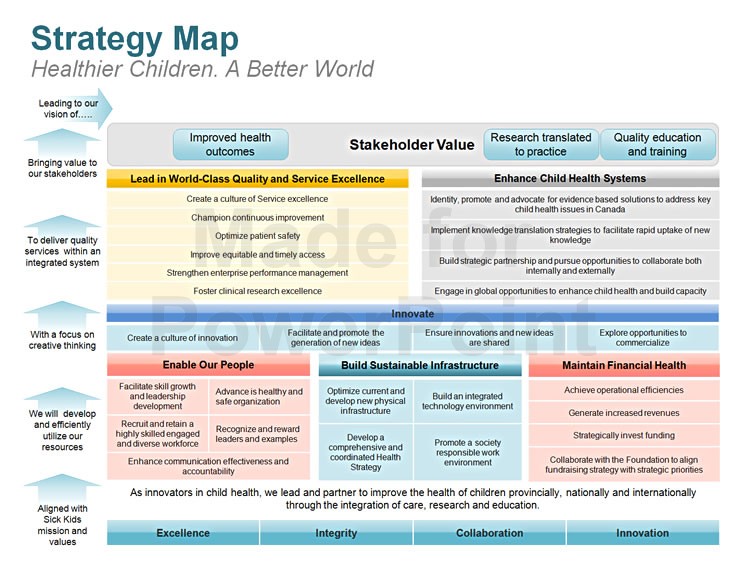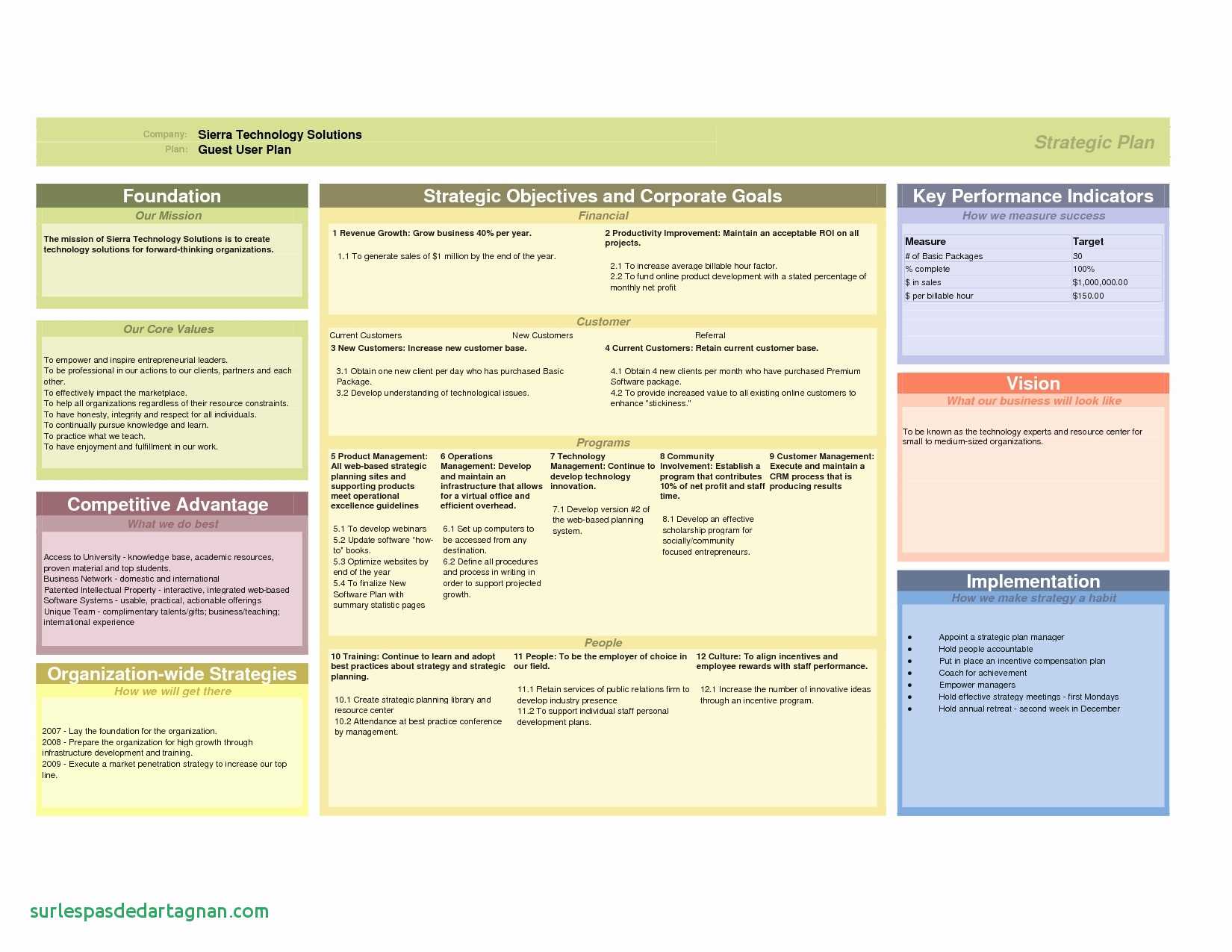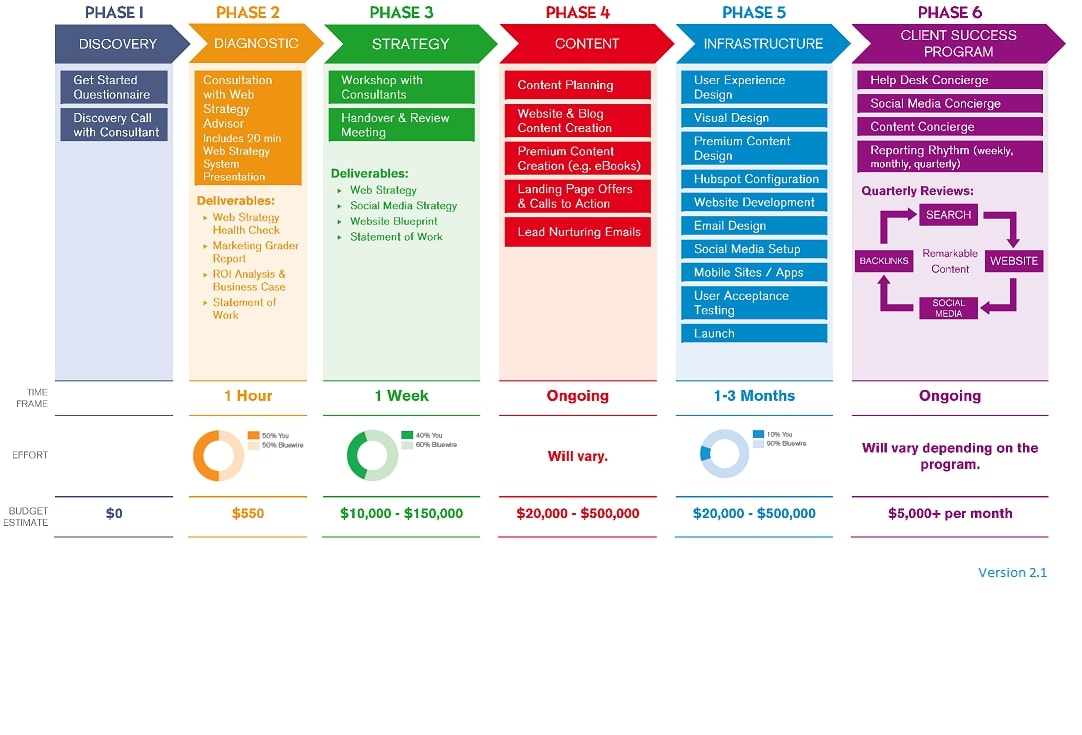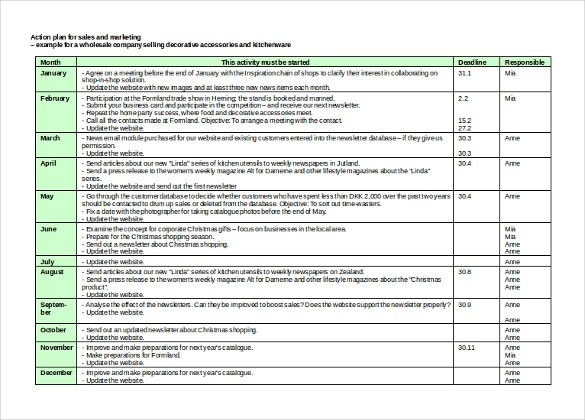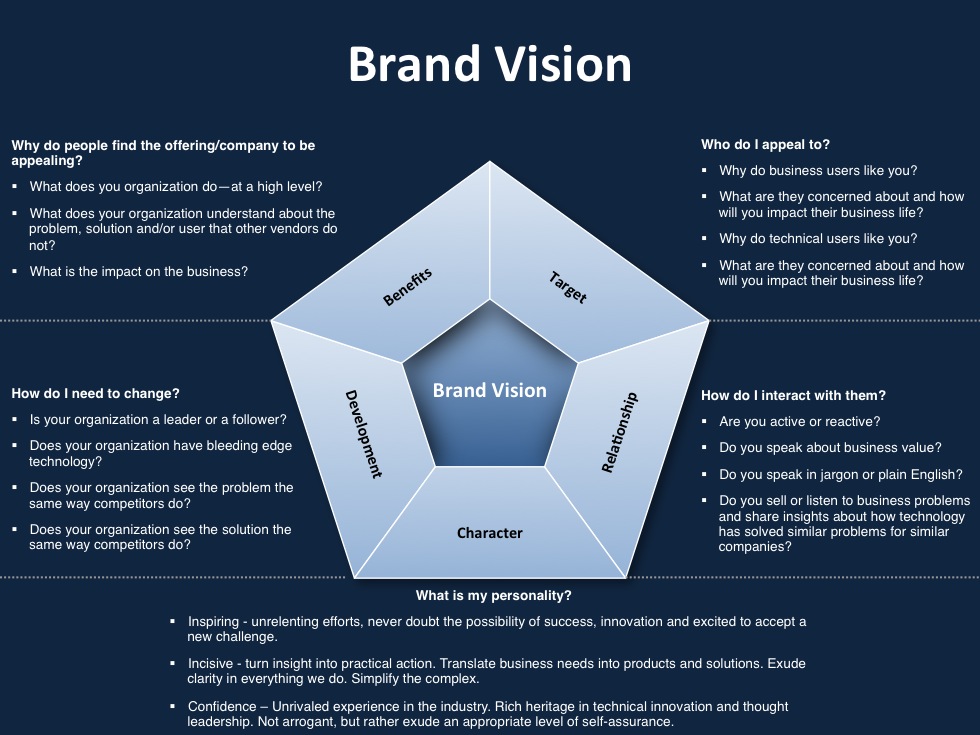10+ Website Strategy Plan Examples to Download
In this digital age, your business will easily strike out if you don’t have a website. Numerous studies have resulted in users preferring to visit websites and doing all of their transactions there compared to doing the same transactions in a physical store.
Website Strategy Plan Example
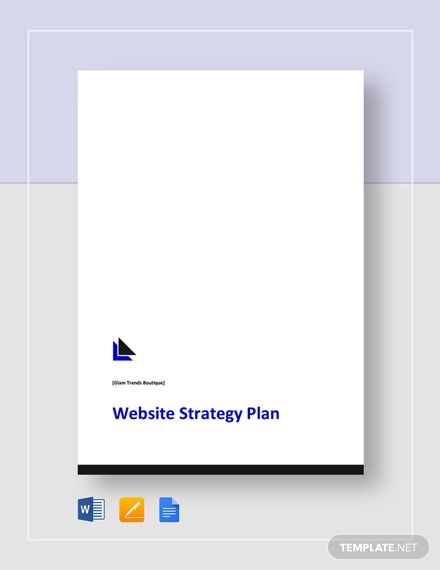
This does not come as a surprise since websites can be accessed anytime and anywhere (as long as you have an Internet connection), and users would much prefer visiting the website at the comfort of their homes than to travel for 30 minutes to an hour just do visit a physical store in which the transactions you do in the store can all be accomplished in the website.
Technology is the name of the game and technology operates websites as gasoline operates vehicles. We have provided some website strategy plan examples (in PDF format) that you will find very useful when creating a website strategy plan.
2011 Website Strategy Plan Example
Advomatic.com Strategy Plan Example
Basic Website Strategy Plan Example
Content Strategy Map Example
Tips in Creating a Website Strategy Plan
Establish goals
Businesses never succeed if they don’t set goals. If they always make decisions on the fly, it will prove to be very costly for them in the long run and they will eventually lose their position in the market.
Goals should be established as well when setting up a website. With technology moving at a breakneck pace, companies should be mindful of constantly improving their website. There are always new functions and tools being made for websites, and there will certainly be improved functionality and accessibility for websites in the months and years to come.
Short-term and long-term goals should be set. Take note that short-term goals are goals achievable in one year or less, while long-term goals are achievable in one year or more. Some examples of short-term goals for a website strategy plan include installing a website security system, constantly updating the homepage of the website, and adding customer service functions. Some examples of long-term goals meanwhile include revamping the entire website interface, replacing majority of the website content, and installing new technology that has only been released in the market after a few days/weeks.
Identify your market
When you are a creating a website, you always have the interests of your target market or audience in mind. But if your website does not have a target market yet, it is highly suggested that you do extensive research and identify your main customers or clients.
Around 80% of revenues will be coming from your target market, so make sure the development of your website should have focus on them. As previously mentioned, the target market, also called niche market, is your main set of customers/clients and determining the target market will be crucial for your company or organization to achieve sustainability.
The target market is usually identified through demographics (age, gender, income, product preference, height, weight, etc.). Demographics is highly useful when identifying a target market (for example, selling computer software eliminates the “12 years old and below” age bracket so you will have to focus on selling the software to numerous age brackets above 12 years old).
Determine your brand image
Speaking of brand image, it usually goes together with identifying the target market. Your website strategy plan should revolve around identifying your target market and determining a brand image to fit your target market.
The brand image you plan to implement should focus on your target. Brand image includes various elements such as the colors and designs being used in the website as well as the functions and tools being installed. If most of your products incorporate brighter colors, apply those same colors in your website (using black, maroon, or brown will contradict to the color of your products and does not only prove to be an eyesore, but also projects inconsistency between your products and the website design).
The functions and tools you incorporate in your website will also depend on your brand image. For example, if you are selling bank and other financial services, you don’t want to add functions where users can scribble or doodle anywhere in the home page, or incorporate blogs where users can discuss random topics.
Measure results
How do you measure the results of your strategy plan? In terms of website development, there is only one method to measure results, and that is through the use of analytics. There are numerous analytics software you can use to measure the results or performance of your website such as Clicky, Mint, Google Analytics, KISSmetrics, Open Web Analytics, Clicktale, and CrazyEgg, to name a few.
Through the use of analytics, you will be able to identify the source of your Web traffic, topics or pages where you get most traffic from, the days or months where your website is the most busiest, and the keywords users are typing into search engines to arrive at your website. Also, the results of analytics will help you make necessary revisions or improvements to your website.
Kaizen
“Kaizen” is a Japanese philosophy which translates to continuous improvement. Applying kaizen to your website strategy plan should be one of your main priorities due to one main reason: technology. Technology is a never-ending process which even improves over time. Websites don’t exist without technology and if users voluntarily choose not to incorporate new technology in their websites, they won’t even be able to use their websites in the future.
That is why kaizen is essential in the development of a website strategy plan because technology basically never stops and is continuously improving. Kaizen is similar to setting goals but is more focused on the short-term aspect. Take note that when applying kaizen, your work is never done. Constantly find methods to improve your website (i.e., using analytics, adding new and fresh content, finding investors, implementing new software), as there are no negative effects when applying kaizen.
Online Healthcare Strategy Plan Example
Online Website Marketing Plan Example
Sierra Technology Solutions Strategy Plan Example
Benefits of Having a Website
User convenience
When you create a website, you should have the best interests of your target market. Having a website results to convenience and easy accessibility for your customers. As previously mentioned, users now prefer to go directly to websites than to visit a physical store. But user convenience should not stop there, as you also have to make it easy for your users to navigate your website.
Increased visibility
Having your own website will also result to increased visibility for your business. This does not only benefit your target market but to potential customers and clients as well. It will be easier for them to check and review your products or services, and it will also be easier for you to reach them and inform them of your product releases and other company announcements.
Business partnerships
Business partnerships are easier to form these days with the use of a website. One partnership you can consider is through the use of ads. Have a section where you can allow other companies to post advertisements in your websites. This allows users to check not only your products but also the products of other companies.
The Top 5 Most Popular Websites of 2018 (as of June 2018)
To inspire you to develop a quality website strategy plan, here are the top 5 most popular websites around the world as of June 2018. The list is based on a combination of total traffic and various visitor information.
1- Google.com
The world’s most popular search engine tops the list. Google uses a very simple interface, and the only colors (or design) you see are the green, blue, red, and yellow colors from Google’s logo. What it lacks in design makes up for performance. Google averages around 3.5 billion searches per day, from the more common searches like “trending news,” “events to watch near my location,” and “good movies to watch” to the more ridiculous and obscure searches like “various fart noises,” “how to become a cat,” and “drying clothes in a toaster.”
2 – YouTube.com
The world’s most popular video streaming website also makes this list. YouTube generates 5 billion views per day and has an extensive library of videos to choose from (extensive is an understatement). From music videos, to movies, to news, to sports events, and to variety shows, YouTube has it all.
3 – Facebook.com
It all started with Facebook, and after a decade, Facebook is still here. No other social media platform has touched Facebook ever since the company’s inception in 2004. It even acquired another social media giant, photography app Instagram. Facebook currently has 1.4 billion active users.
4- Baidu.com
If you haven’t heard of Baidu, it is actually the largest Chinese-language search engine in the world. It is the Google of Chinese-language searches. 90% of China’s population use Baidu on a regular basis.
5- Wikipedia.org
Need to do research on the theory of relativity? Use Wikipedia. Need to obtain information on the Byzantine Empire? Use Wikipedia. Need to check who won “Best New Artist” from the 2005 Grammys? Use Wikipedia. Wikipedia is the largest online resource platform on the Internet, and currently has an average of 200 million average views per day.
Social Media Strategy Plan Example
Website Action Plan Example
Website Branding Strategy Plan Example
You can actually merge with other companies to share content in your website. Although this is easier for start-up companies as they still have limited market visibility as well as a limited customer base.




